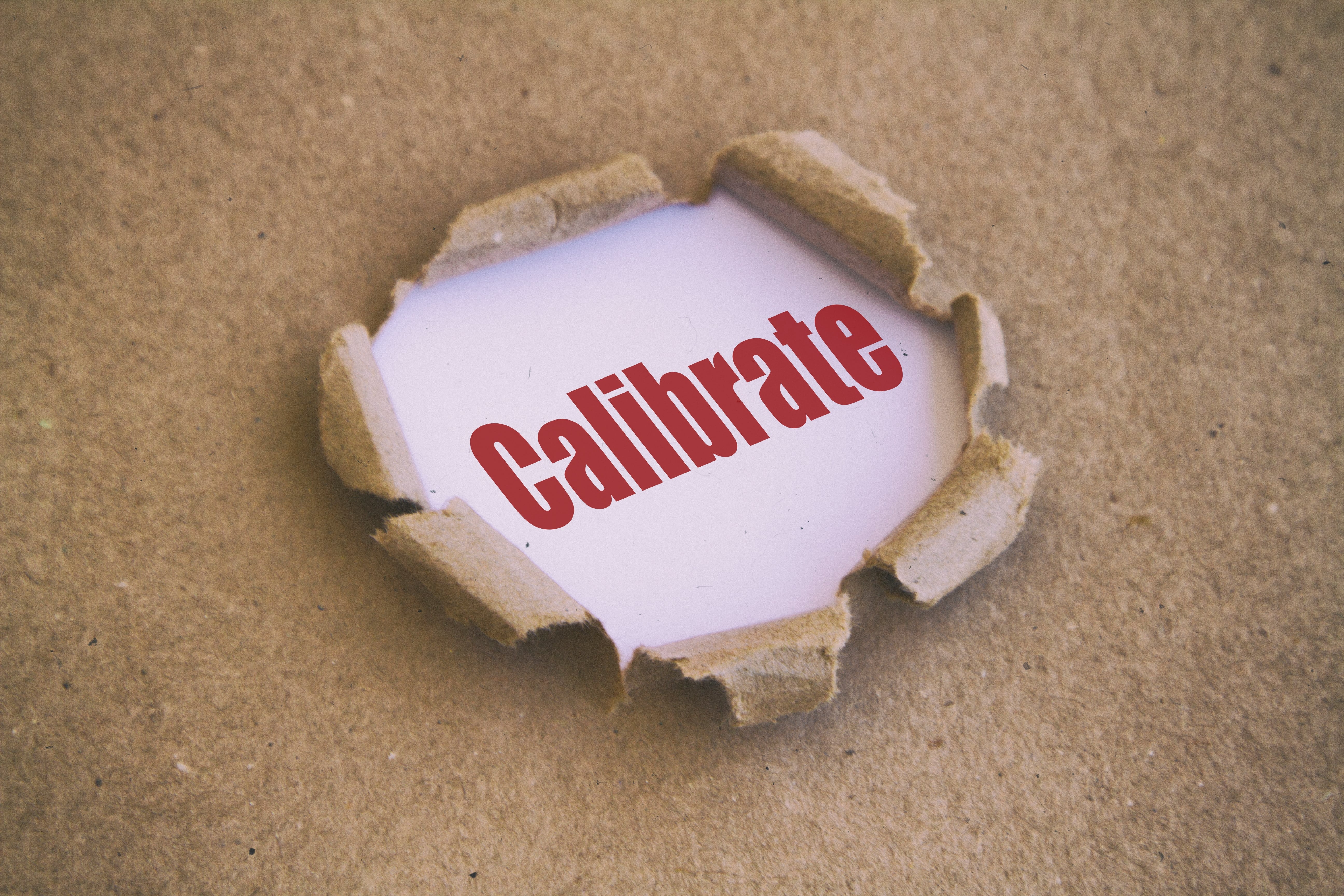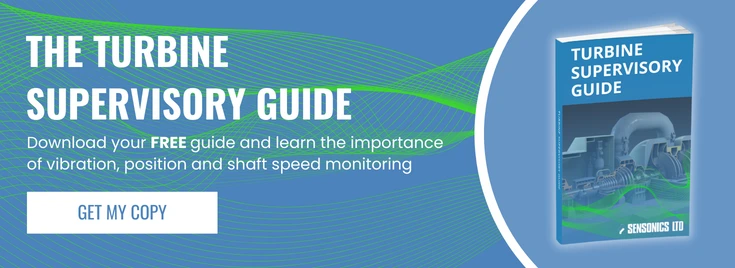The Importance Of Calibrating Your Vibration Sensors
Vibration sensors provide vital information with regard to the vibration level of plant machinery, so that process control systems can be controlled and adjusted, as necessary or shut down if excessive, a process that can be automated with a machine protection system. Excessive vibrations can occur for many reasons but, whatever the cause, the problem will rarely disappear by itself, or more likely increase until product quality is affected or even to loss of service due to gradual or sudden catastrophic failure.
Vibration is a warning sign that must be taken seriously, whatever the cause it needs attending to at the earliest whether out of balance, bent shaft, misalignment, resonance, mechanical looseness, rotor rub, wear or clearance issues with journal bearings, rolling element bearing failure, hydraulic or aerodynamic forces, gear problems, rotor/stator eccentricity, faulty windings, belt drive problems, or machine mount problems.
The ability to generate real-time vibration data allows plant managers to identify emerging problems and take swift remedial action before severe damage to equipment occurs.
Vibration Sensor Calibration: Explained
Whilst most vibration sensors are reliable for many years, damage can occur when insufficient care is taken with them during machine outages if they are removed and set aside for access during machine maintenance. When dropped or excessively shocked it is easy to damage them due to insufficient care, potentially rendering the sensor U/S or with reduced performance and no longer valid calibration to guarantee the accuracy. In addition, aged electronic components can fail/start to fail/drift, meaning that regular calibration intervals are wise for verification of an accurate and reliable vibration sensing and monitoring system.
The process of calibration involves comparing the displayed reading on a sensor with the true reading (the output versus a highly accurate reference device, usually aligned with national standards). The calibration of vibration sensors is quite specialised and niche compared with a lot of other instruments, only vibration specialists with the correct test equipment should be utilised for this service. This service can be carried out in situ on site or by returning the sensors to a sensor OEM factory/calibration house.
The advantage of the return to OEM factory is that the sensor will be shaken on a permanently installed, sometimes quite large shaker table that is more than adequate for even the larger mass sensors, with the shaker table normally mounted on a large concrete block foundation to ensure the ultimate stability of the shaker. No chance of the shaker moving about on its foundation here. The importance of correctly packaged sensors for shipment/return shipment is hereby underlined, otherwise what was the point!
The advantage of the in-situ onsite calibration is that it removes the transportation risk even though with careful packaging that can be negated it the main, it also allows the calibration of the shaken sensor to happen alongside the sensor mounting location and can include a full loop test including through its local cable to junction box, through the plant cabling back to both the protection monitor and control room display readings as well as potentially verifying the trip points.
Even on calibrations of vibration sensors that are returned to factory, a system loop check verification can be made on site.
The disadvantages of either service is highlighted in the advantage of the alternative.
Most sensors are issued with recommended calibration periods as part of their product specifications.
So, what are the principal benefits of accurate vibration sensor calibration?
Device Accuracy, A System You Can Rely On
Calibration ensures that the vibration monitoring device, either a sensor or a transducer and monitoring system, provides pinpoint accurate data throughout the product lifespan. Calibration tests and adjustments should be carried out at intervals in line with the manufacturer’s recommendations, the relevant industry standards, the requirements of the OEM who has manufactured the machine that is monitored, the user’s quality assurance system, or for SIL certified systems strictly in line with the product’s certified proof test interval.
Cost-Efficiency
Over time, inaccurate data can prove costly if machines are shut down or parts are replaced unnecessarily. Accurate calibration helps to ensure that expenditure is more tightly linked to actual spending priorities, while equipment downtime is only enacted, when necessary, thereby saving money. Accurate vibration data reaffirms the decision to shut down a machine for investigation/maintenance, not leaving it for a bit longer to see before it goes pop causing a safety risk, potentially catastrophic damage and even secondary component damage.
Better Safety
Accurate calibration ensures that plant operators have better insights into the safe and efficient operation of critical machinery. By obtaining accurate reliable readings, operations and other workers can carry out tasks with greater safety. Apart from machine reliability there are numerous reasons to monitor vibration for health and safety of the workforce. With such high potential energy of rotating components of large machines there’s a danger under fault conditions that the parts can explode from the machine risking life and limb. A SIL certified automatic high vibration shutdown system (including calibrated vibration sensors) can greatly reduce these risks.
Longer Sensor Life
Finally, regular calibration of vibration sensors can contribute to an extended lifespan of the machinery that is being monitored. It is common for old machines to have their lifetime extended beyond that of the design life and in these instances, it is even more critical to have reliable vibration sensors and monitoring system in place to ensure the machine remains within the OEM’s recommended operation parameters in terms of vibration and thus accurately calibrated reliable vibration sensors play a vital part in helping to keep the machine continuing in safe operation. However, the utmost care must be taken when removing vibration sensors for calibration to prevent accidental damage to sensitive parts, such as the tips of eddy current probes that contain the sensing coil, the pivots of a moving coil velocity transducer, or the piezoelectric or quartz elements of accelerometers and velocity transducers.
How To Calibrate Vibration Sensors? Contact Sensonics Today
At Sensonics, we offer calibration services for vibration sensors to ensure you get the best value from your machine protection equipment. For more information, please download our Vibration Monitoring Systems Guide or call us on 01442 876833.
Image source: Canva



